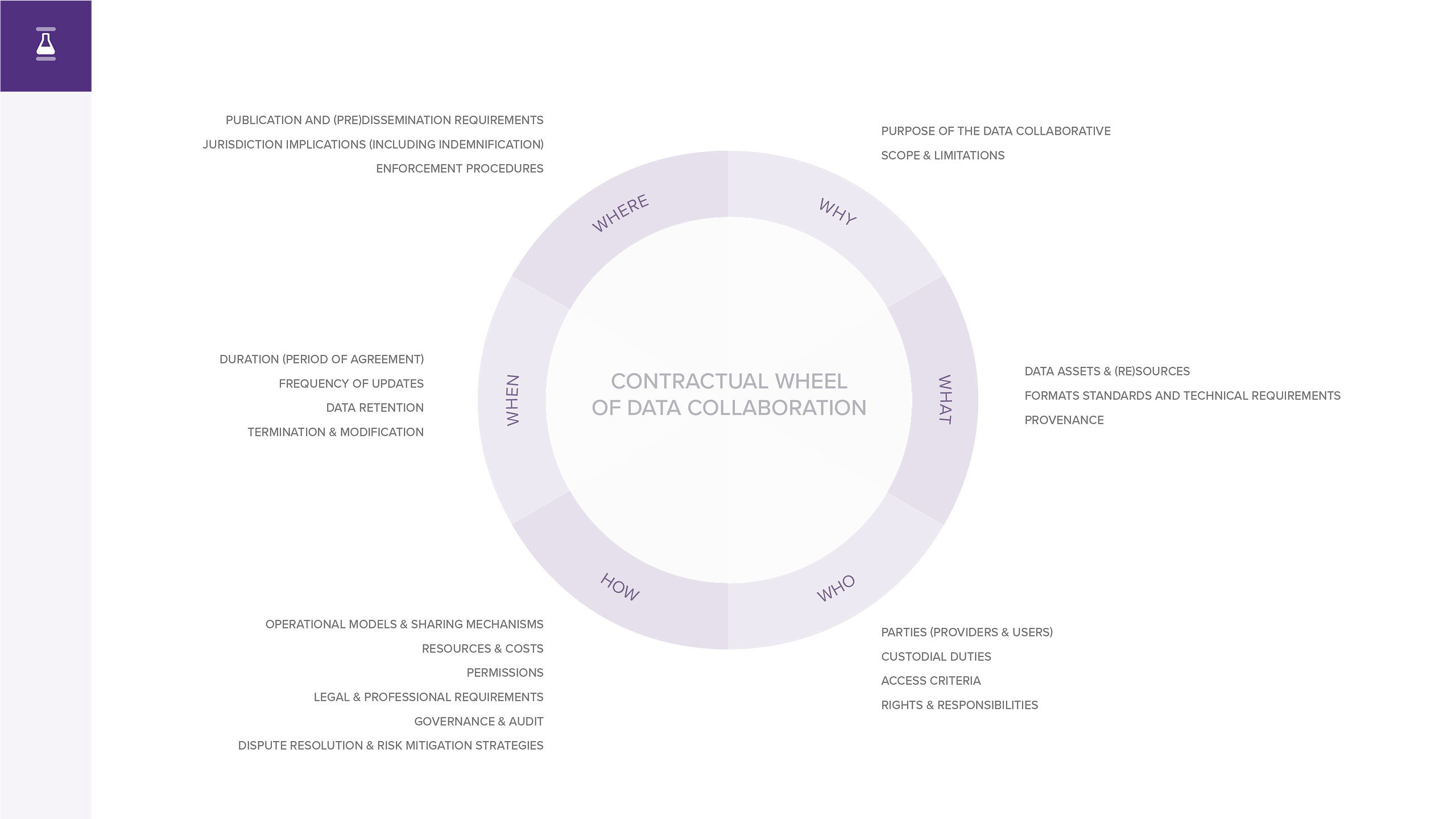Press release: “The Partnership on AI (PAI) has today published a report gathering the views of the multidisciplinary artificial intelligence and machine learning research and ethics community which documents the serious shortcomings of algorithmic risk assessment tools in the U.S. criminal justice system. These kinds of AI tools for deciding on whether to detain or release defendants are in widespread use around the United States, and some legislatures have begun to mandate their use. Lessons drawn from the U.S. context have widespread applicability in other jurisdictions, too, as the international policymaking community considers the deployment of similar tools.
While criminal justice risk assessment tools are often simpler than the deep neural networks used in many modern artificial intelligence systems, they are basic forms of AI. As such, they present a paradigmatic example of the high-stakes social and ethical consequences of automated AI decision-making….
Across the report, challenges to using these tools fell broadly into three primary categories:
- Concerns about the accuracy, bias, and validity in the tools themselves
- Although the use of these tools is in part motivated by the desire to mitigate existing human fallibility in the criminal justice system, this report suggests that it is a serious misunderstanding to view tools as objective or neutral simply because they are based on data.
- Issues with the interface between the tools and the humans who interact with them
- In addition to technical concerns, these tools must be held to high standards of interpretability and explainability to ensure that users (including judges, lawyers, and clerks, among others) can understand how the tools’ predictions are reached and make reasonable decisions based on these predictions.
- Questions of governance, transparency, and accountability
- To the extent that such systems are adapted to make life-changing decisions, tools and decision-makers who specify, mandate, and deploy them must meet high standards of transparency and accountability.
This report highlights some of the key challenges with the use of risk assessment tools for criminal justice applications. It also raises some deep philosophical and procedural issues which may not be easy to resolve. Surfacing and addressing those concerns will require ongoing research and collaboration between policymakers, the AI research community, civil society groups, and affected communities, as well as new types of data collection and transparency. It is PAI’s mission to spur and facilitate these conversations and to produce research to bridge such gaps….(More)”

